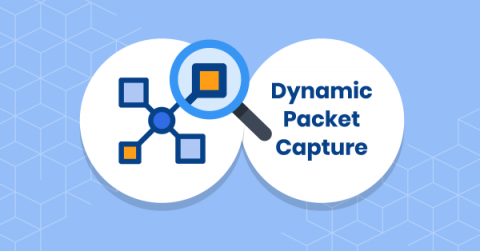Faster troubleshooting of microservices, containers, and Kubernetes with Dynamic Packet Capture
Troubleshooting container connectivity issues and performance hotspots in Kubernetes clusters can be a frustrating exercise in a dynamic environment where hundreds, possibly thousands of pods are continually being created and destroyed.











